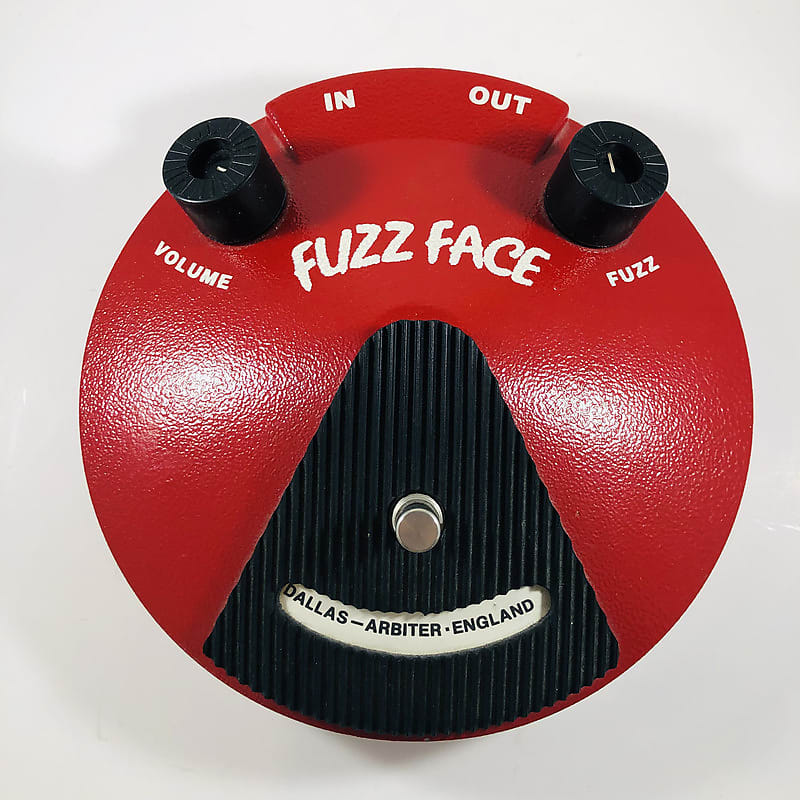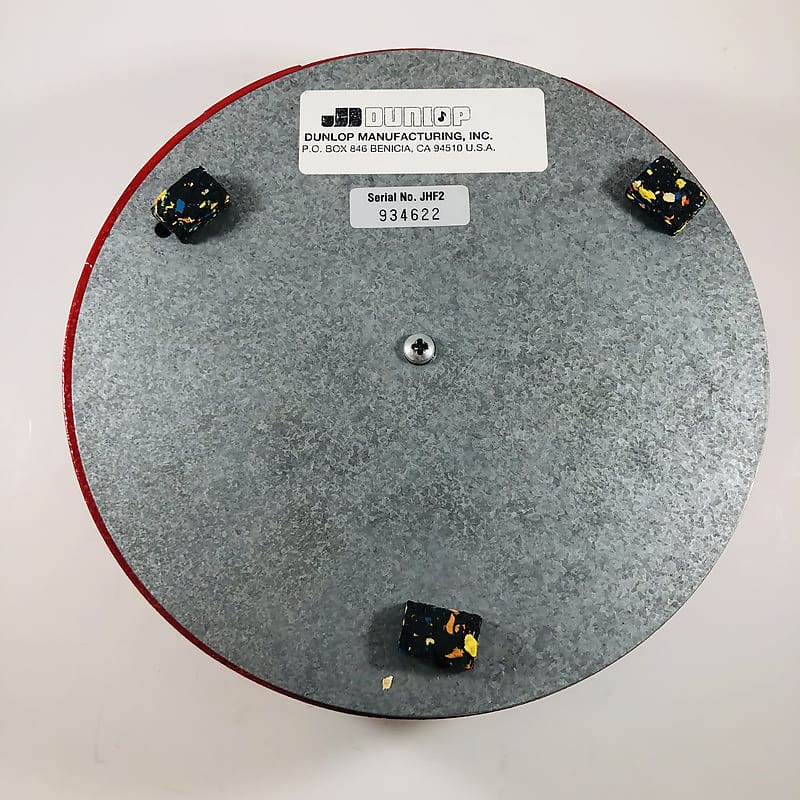When thinking about "vintage" musical instruments, our minds first go to those Golden Age guitars, analog synths, and recording gear that arrived in the middle of the 20th century. However, there's no strict definition of the term. Vintage means one thing to wine enthusiasts, another to motorcycle heads, and yet another to fashion hypebeasts.
Generally speaking, 30 years is a reasonable amount of time to define vintage and is often an age that collectors can agree on in a variety of industries and markets. (If you prefer 25 or 50, hey, that works too—it's all arbitrary.)
For the past few years, we here at Reverb have rung in the New Year by taking on a fun exercise: looking back at all of the music gear coming into 30 years of existence.
Fortunately for some and unfortunately for others, old gear doesn't get more valuable just because it's old—nor does newer gear hold any special value just because it's newer. As always, the value of an instrument comes down to a range of factors, chief among them what one seller and one buyer agree to when making a deal.
That said, our list below is all in good fun, a quick jaunt through some decades-old gear that is now—or will soon be—turning vintage.
Dunlop Fuzz Face Reissues
Nothing captures the passage of time quite like the reissues of vintage gear turning vintage themselves. Last year's list included Gibson's SG '61 Reissue, and 2023 will see another what's-old-is-new-is-old milestone: Dunlop Fuzz Faces.
Of course the very first Fuzz Faces were created in the 1960s, when fuzz effects first took over rock music. Created in Ivor Arbiter's Sound City music shop in London and sold a bit later under the Dallas-Arbiter name, the Fuzz Face has been melting faces since Hendrix's heyday.
It's also served as the inspiration for countless other fuzz pedals. After making some non-official recreations, Dunlop officially bought the Dallas-Arbiter Fuzz Face trademark in 1993. Ever since, whole new generations of guitarists have been introduced to many varieties of the famous effect through Dunlop.
PRS Custom 22
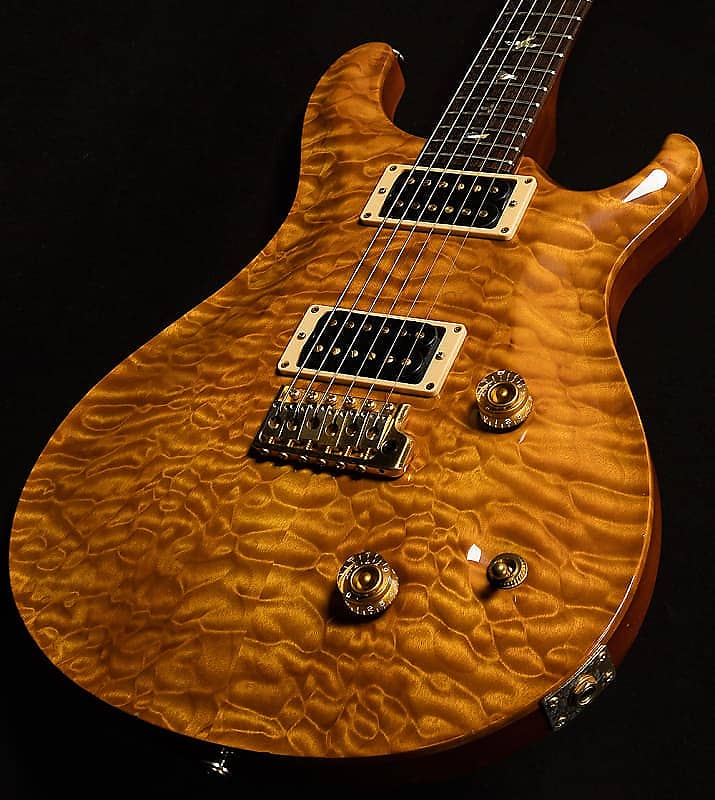
Paul Reed Smith's 24-fret PRS Custom (later called the PRS Custom 24) is the guitar that kicked off the production years of the luthier's first factory in 1985. The PRS Custom 22, introduced in 1993, brought some changes to the older designs, thanks to a realization of one of Paul's childhood dreams.
Paul built the first of his Dragon guitars the previous year, with an intricate inlay of a dragon curling the length of the 22-fret fretboard. Come 1993, PRS took some of their lessons from that high-end build and created the PRS Custom 22 that players have been loving ever since.
Compared to the Custom 24, the Custom 22 has a slightly shorter and wider neck. Since the first 22s left the factory in 1993, it's become a staple of PRS' offerings and the basis for many further variations.
Tascam DA-88
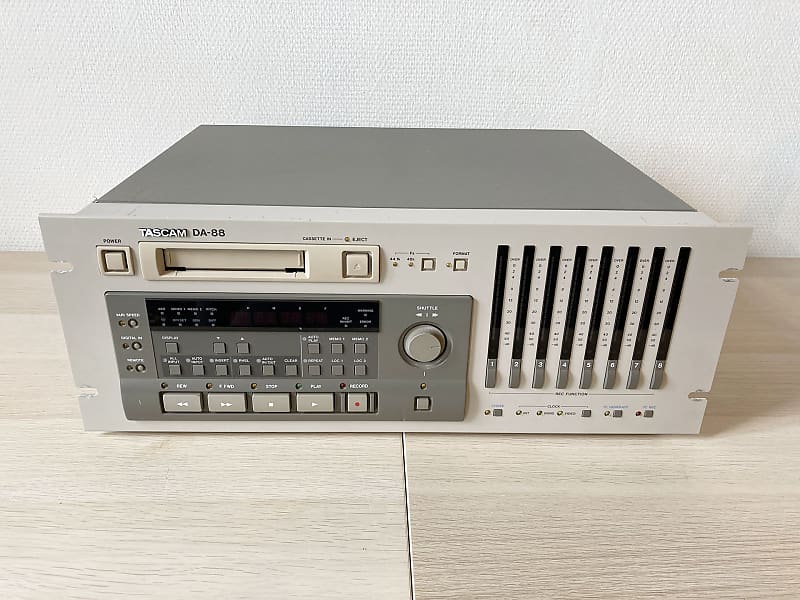
In 2022, the Tascam DA-88 digital recorder won a NAMM TECnology Hall of Fame award, but if you came of age in the era of DAWs, you may have never even heard about it. So why was it so important?
The early '90s were the start of digital recording as we now know it, when companies like Alesis and Tascam started to make multitrack digital recorders that independent music makers could buy for their small home and project studios.
Alesis' ADAT (which turned vintage in 2021) was the first such device. Tascam's DA-88 became a strong alternative in 1993.
At the time, it seemed like a format war was brewing. Between the ADAT's use of S-VHS videotapes and the DA-88's newer, smaller Hi-8 8mm tapes as their recording media, the jury was out as to which would lead the industry. As it turns out, neither reigned for terribly long, since the great expansion of computer hard drives alongside the development of the modern DAW was right around the corner.
But the DA-88 was a crucial step in the chain between the six-figure digital recording setups of the '80s and the proliferation of low-cost digital recording available today.
Roland JD-990
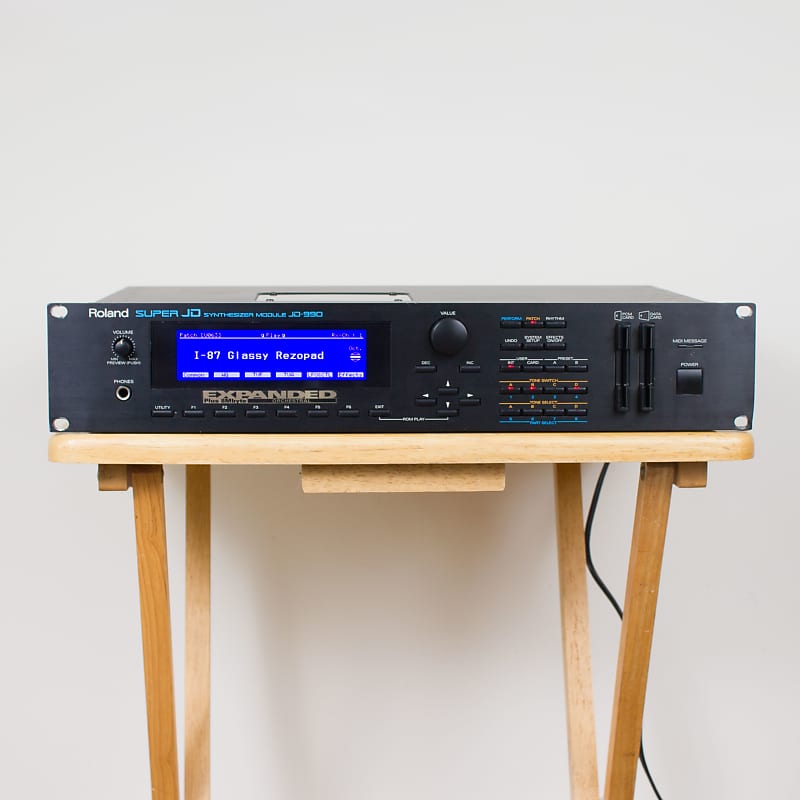
Just as they were a transitional period for recording equipment, the early '90s were a transitional era for synths too. Because each company offered large libraries of their own sounds across a large spread of digital instruments, rackmount units were a smart choice for consumers that wanted, say, some sounds from Roland, some from Yamaha, and some from E-MU, without cramming their rooms full of keyboards.
The Roland JD-990 was released in 1993 as the rack version of 1991's gargantuan JD-800 synth. The JD-990, with eight-part multitimbrality, 24-note polyphony, and 195 sounds, was a top-of-the-line offering at the time and still has many fans today.
The JD-990s could, then as now, also accept external Roland Expansion Cards, which became very popular for pop and hip-hop producers throughout the '90s and foreshadowed sound-sharing platforms like Roland's current Zen-Core.
Bourgeois Guitars
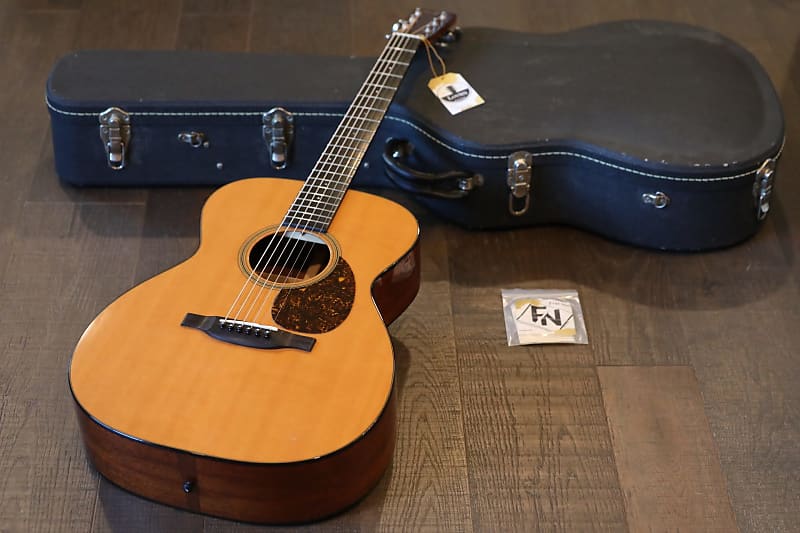
For any acoustic player that wants impeccable craftsmanship and gorgeous sound from their instrument, "Bourgeois" has been a known name for years—30 years, to be exact.
Way back in 1993, luthier and founder Dana Bourgeois incorporated the business that bears his name. Though he had built his first guitars in his '70s college dorm room, it wasn't until '93 that serial number-bearing production models came out of the Bourgeois workshop.
Handcrafting new guitars in the style of '30s and '40s Martins and Gibsons, Bourgeois told the NAMM Oral History Program in 2018, "For a long time, it was pretty easy to make a more vintage guitar than anyone else was building, but that's really kind of caught up."
Renowned especially for the company's modernized takes on the Orchestra body style, Bourgeois is credited with re-popularizing that shape, which can now be found among many brands' catalogs.
Now, like those old vintage Martins and Gibsons that first inspired his builds, Bourgeois' own early work is vintage.
Want to explore all of the vintage gear on Reverb? Browse all gear created before 1994.

